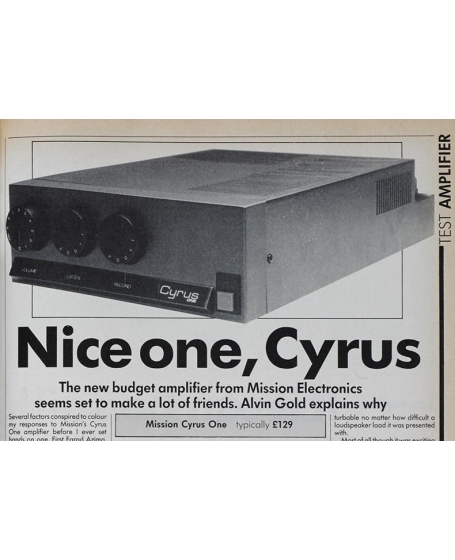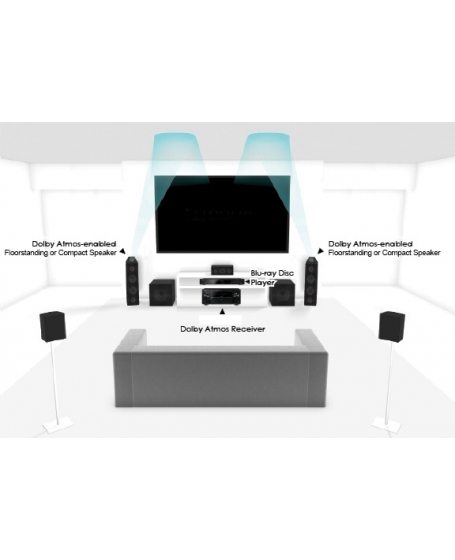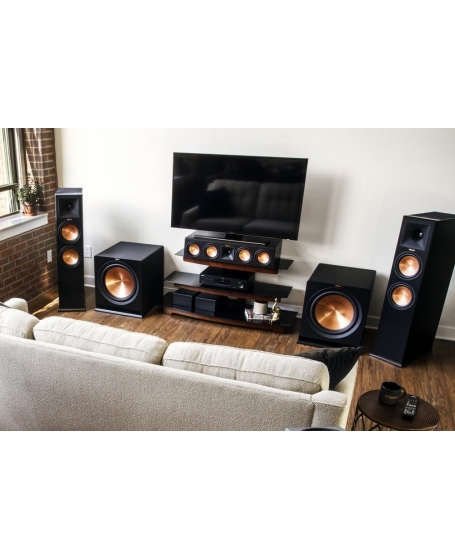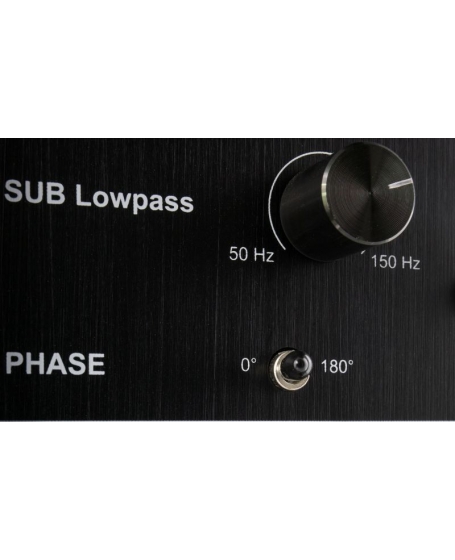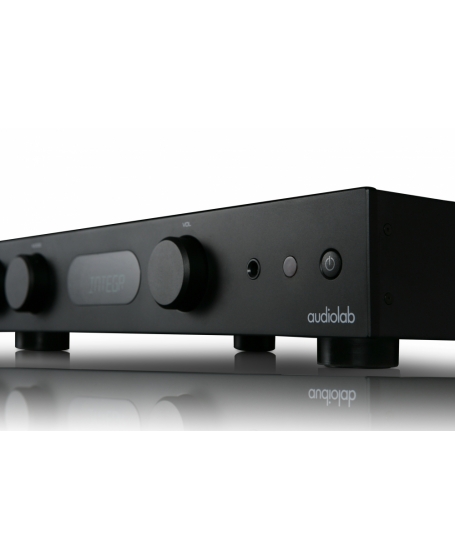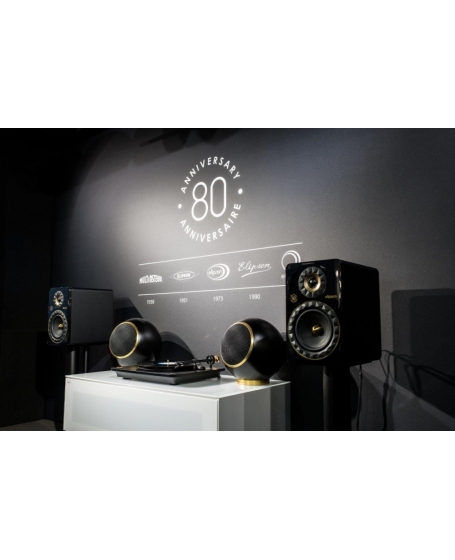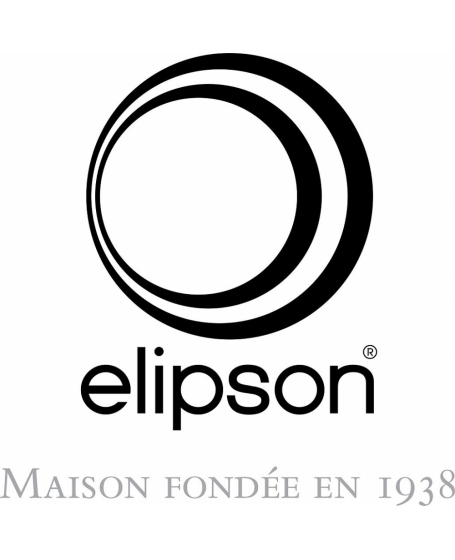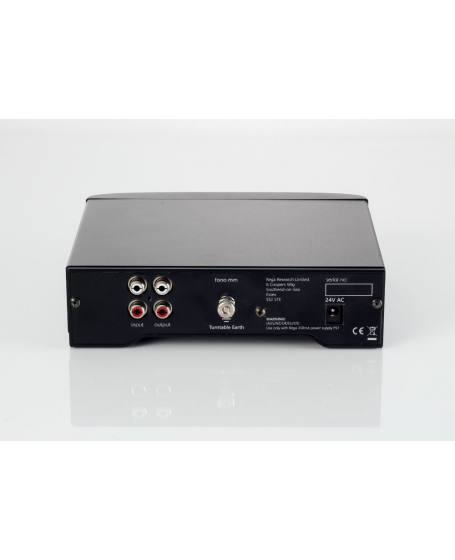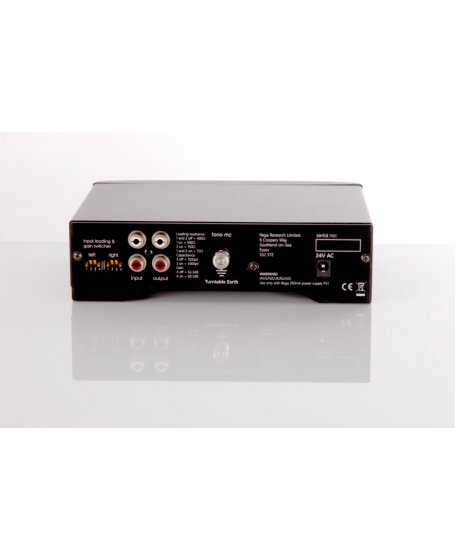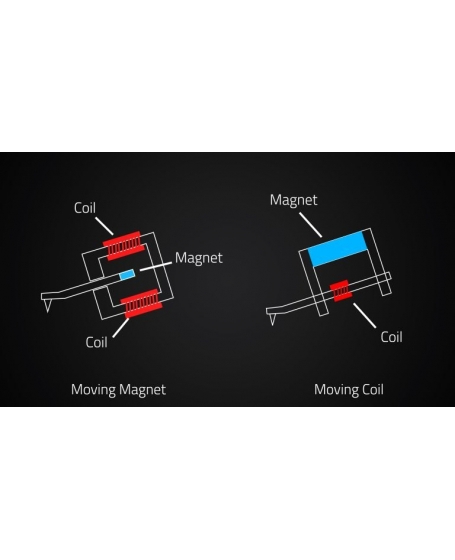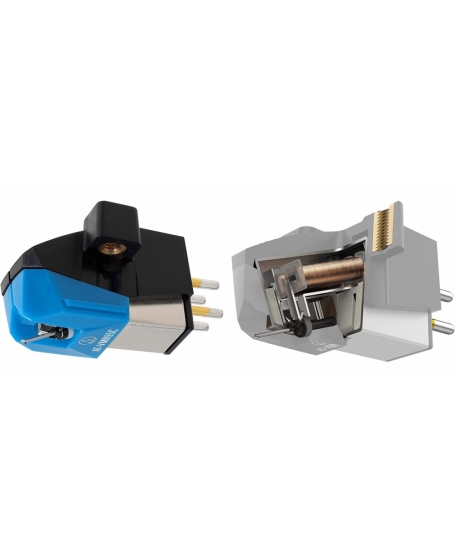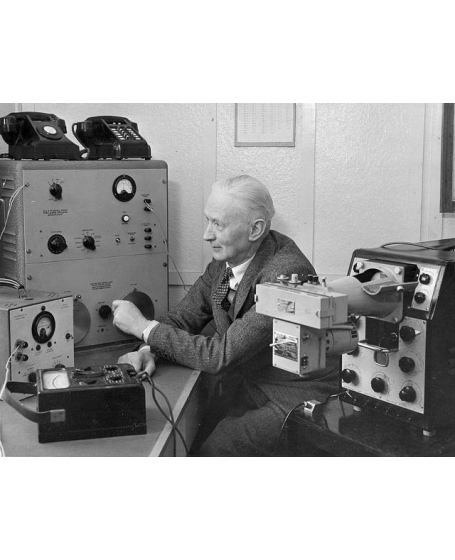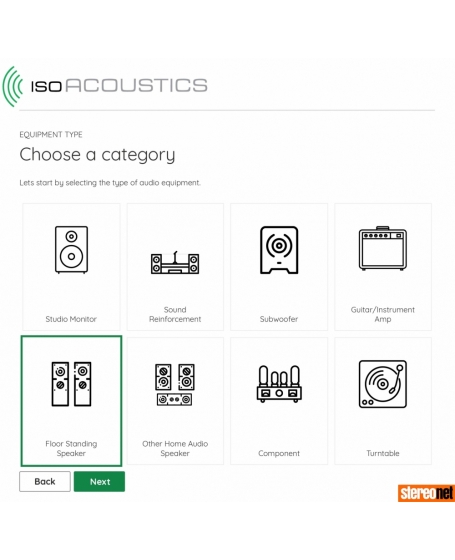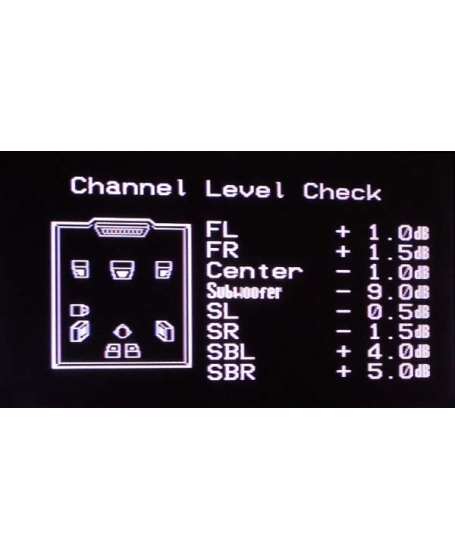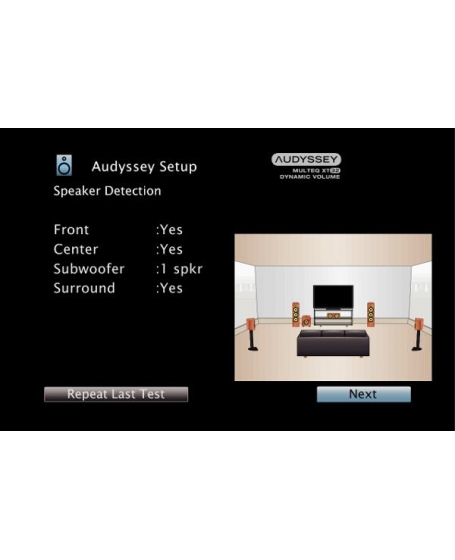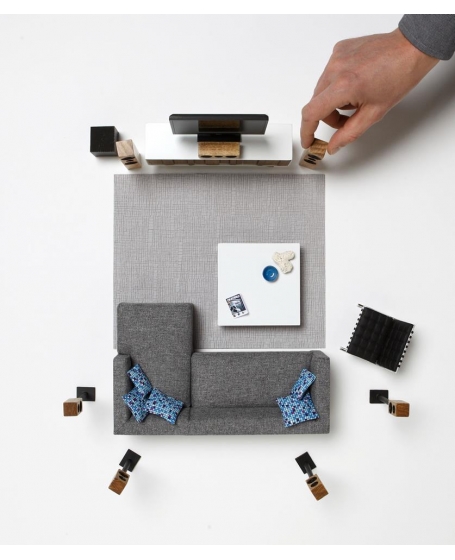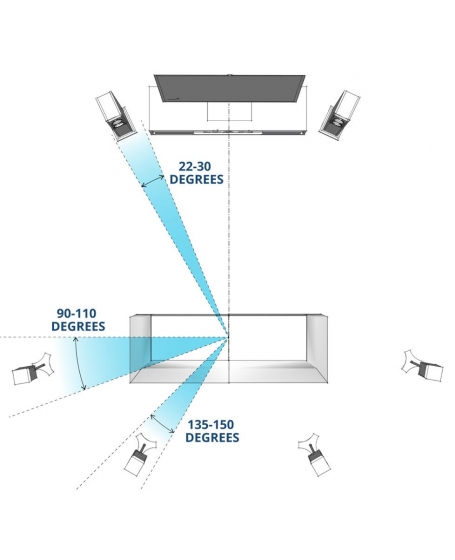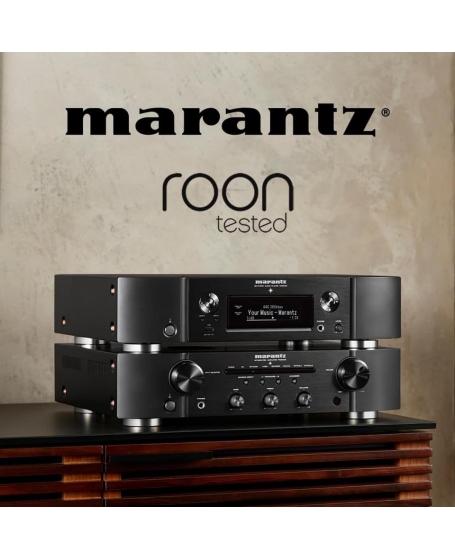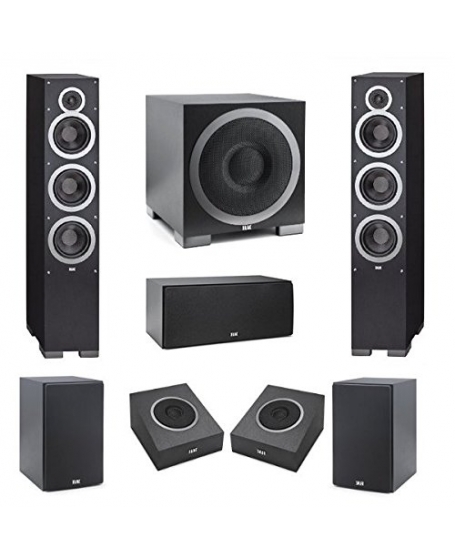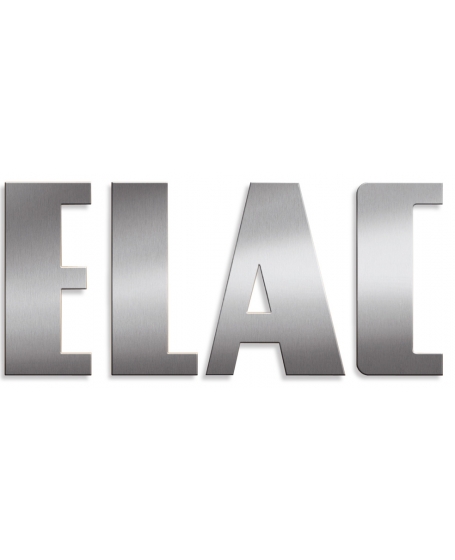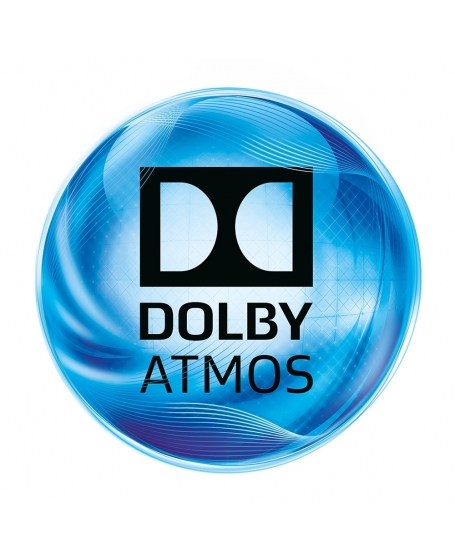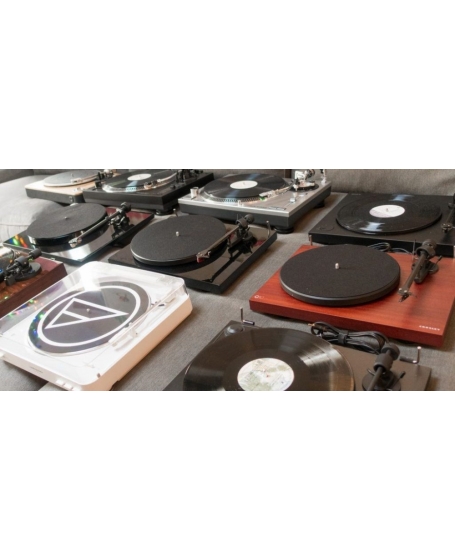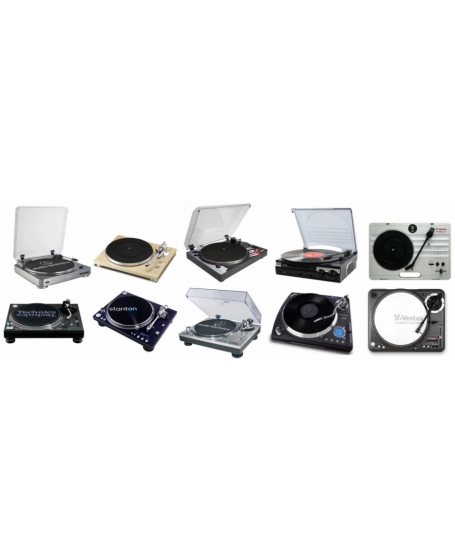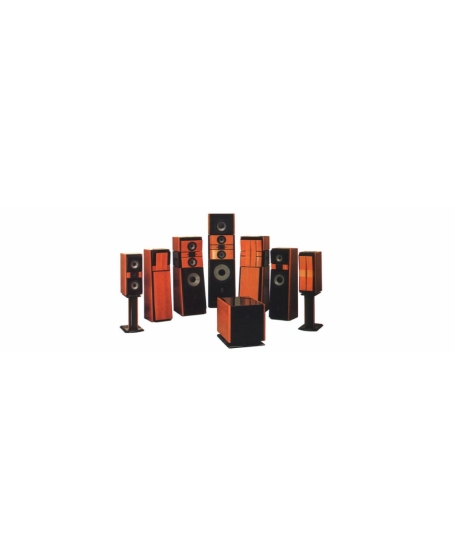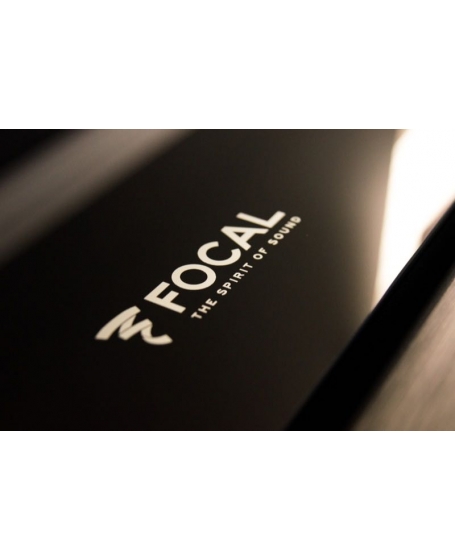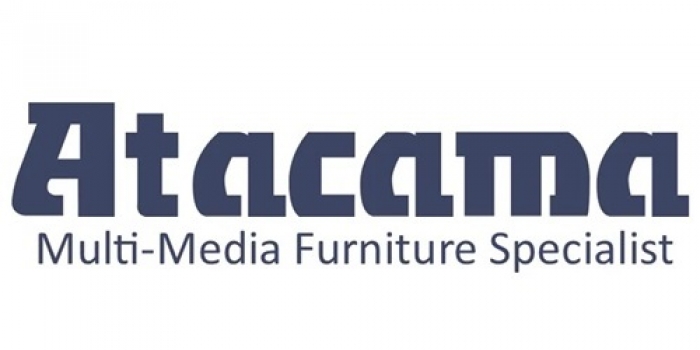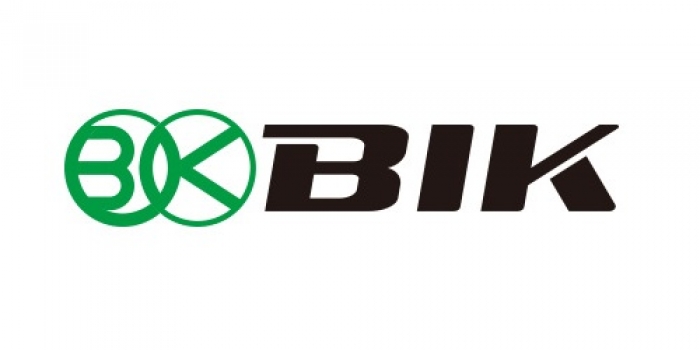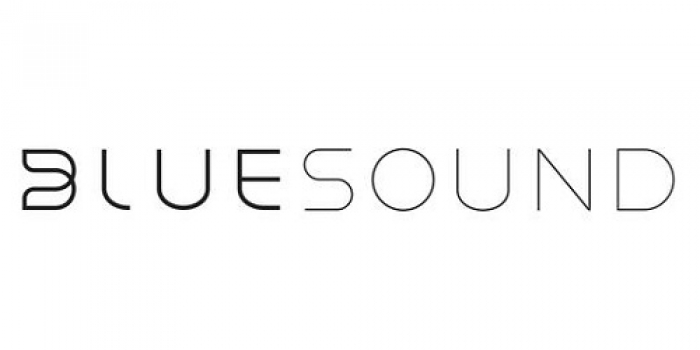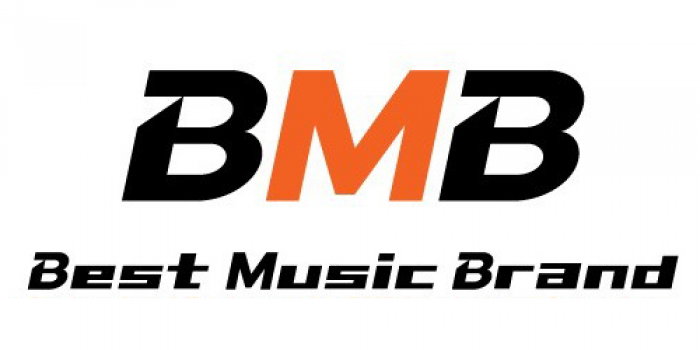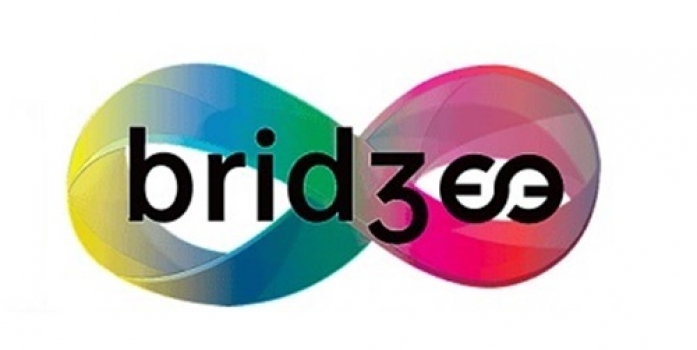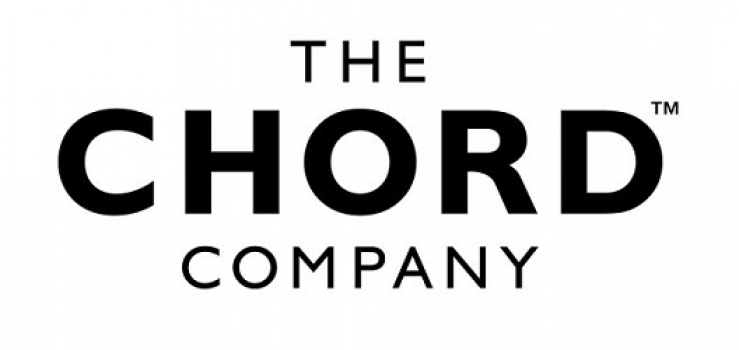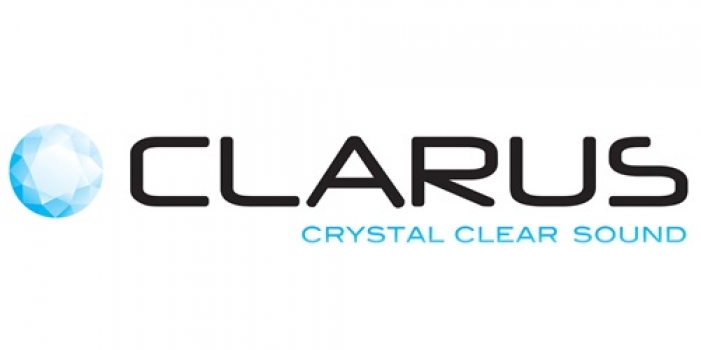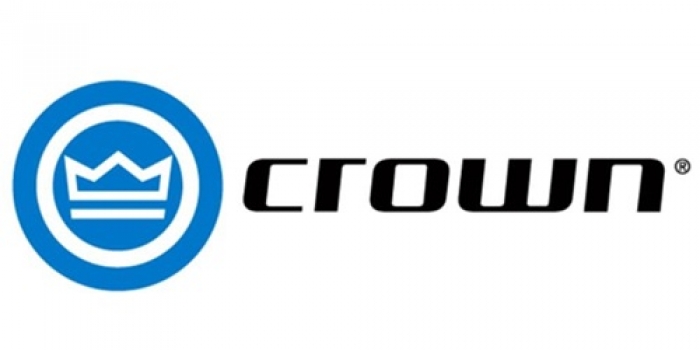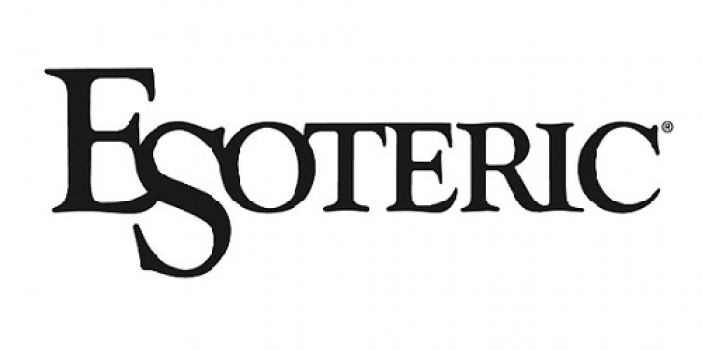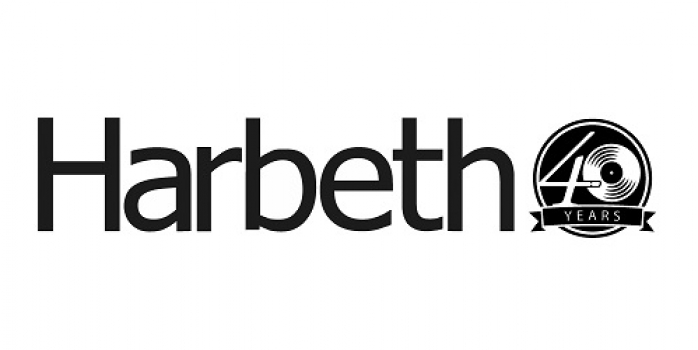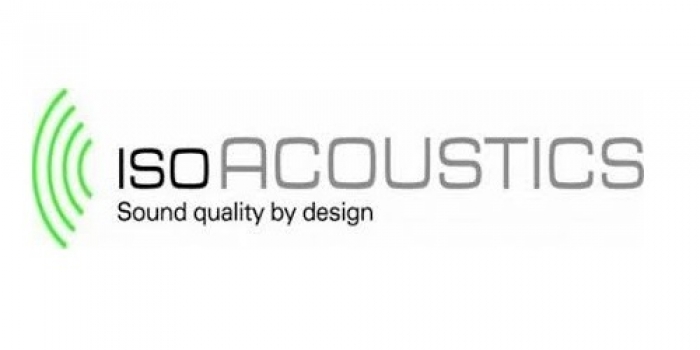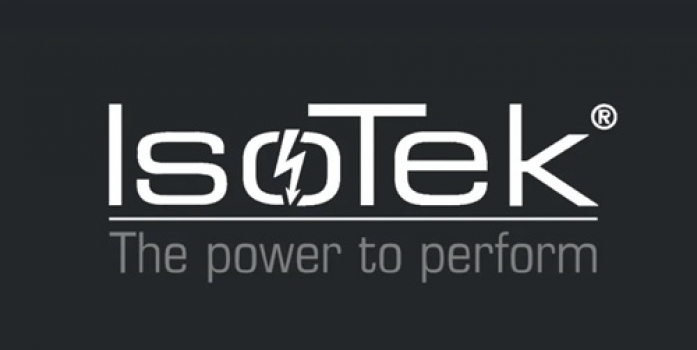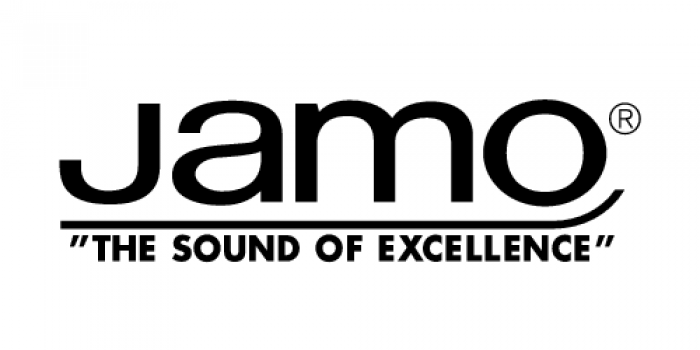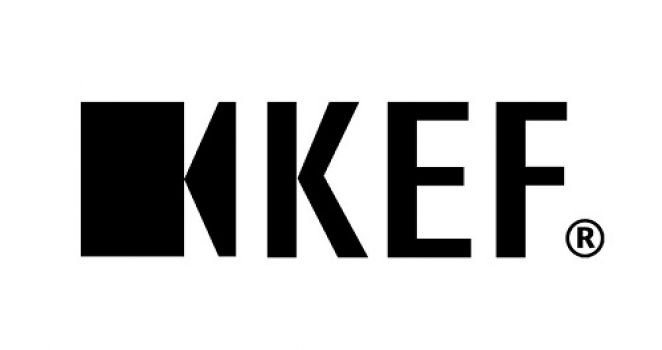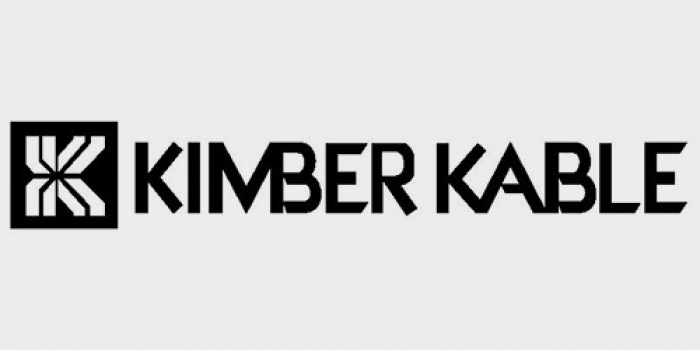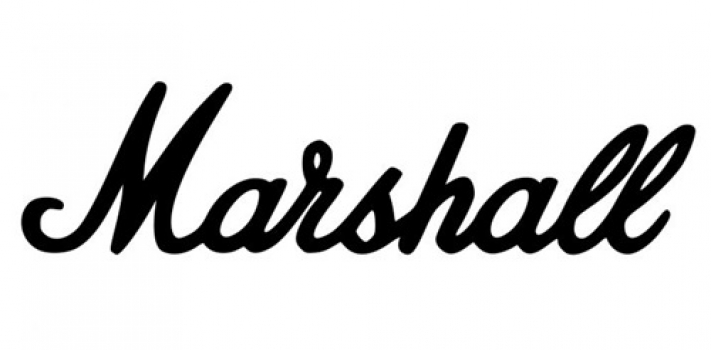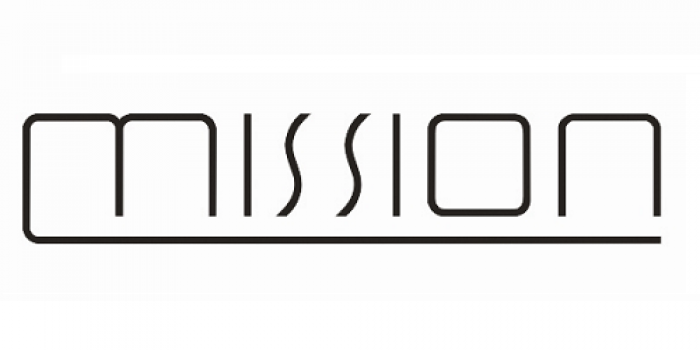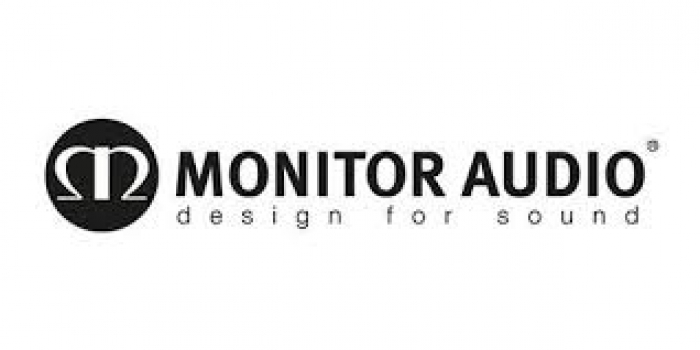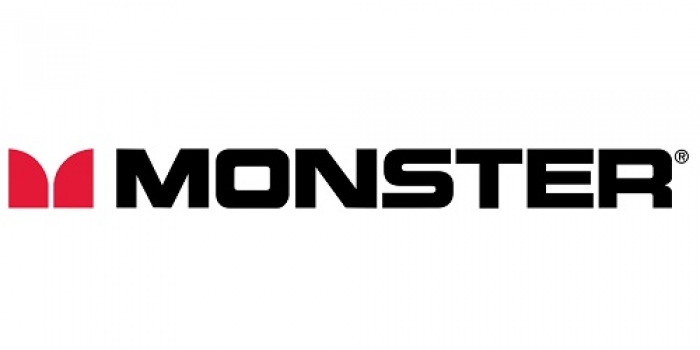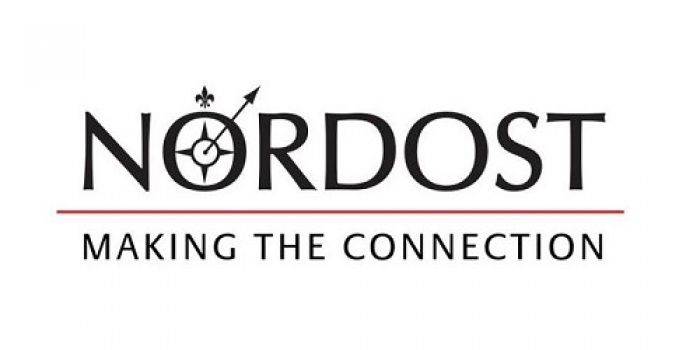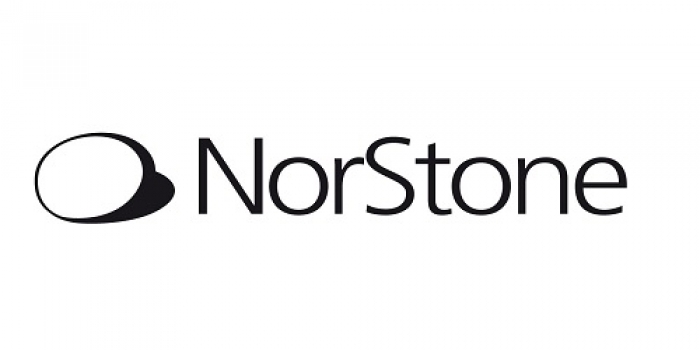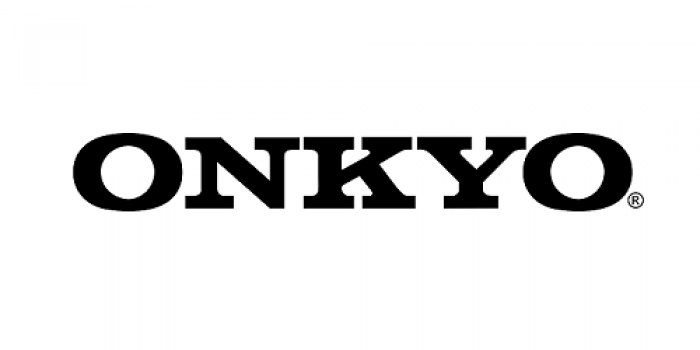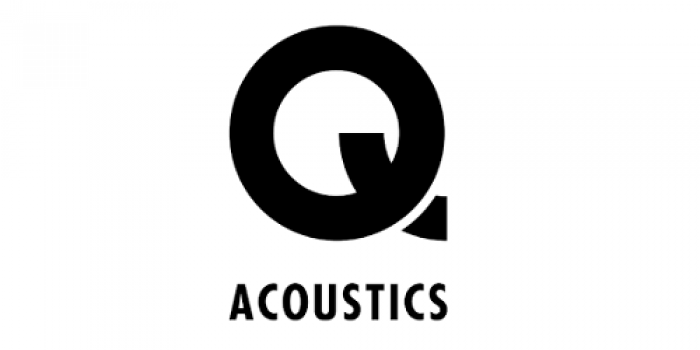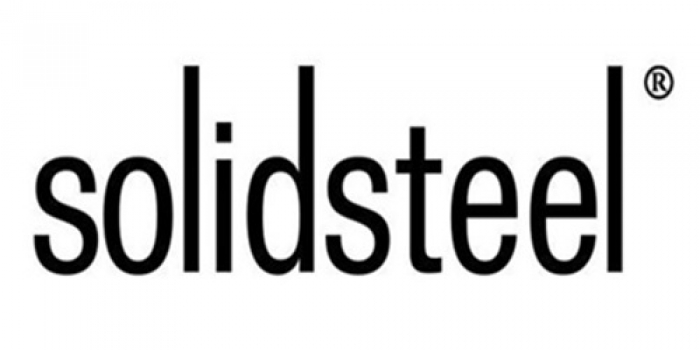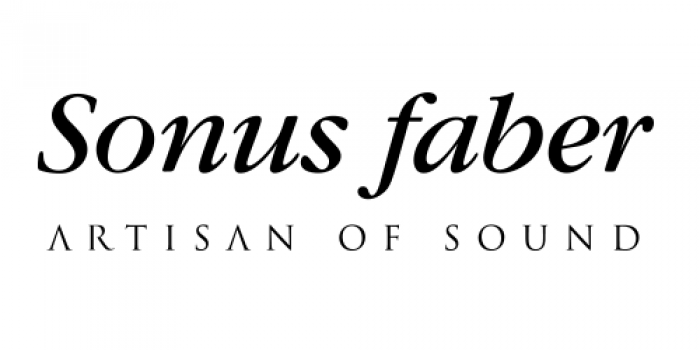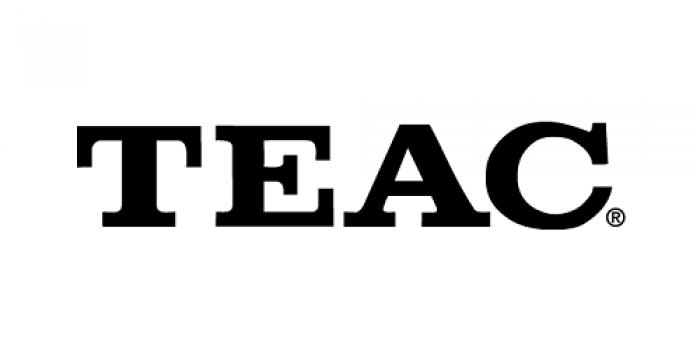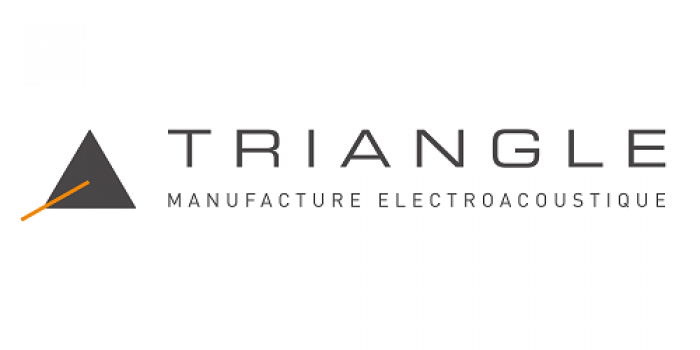Cyrus Audio: A Little History
Cyrus Audio was an unfamiliar name to me when I learned, at the 2014 Consumer Electronics Show, that it was making its return to North America. Veteran audiophiles, however, will no doubt remember the brand's association with the Mission loudspeaker company. Indeed, the company's current technical director, Peter Bartlett, was hired by Mission from his role at NAD in 1983, and six months later Mission/Cyrus was born. Conceived of as a manufacturer of affordable amplifiers to complement Mission's various loudspeaker offerings, the company has evolved quite a bit since then. It parted ways with Mission in the 1990s as it began pushing into the "affordable high-end" of the market. In 2005 Bartlett led a management buyout of the company and assumed his current role.

Over a cup of coffee at the headquarters of the Cambridgeshire, UK-based company, Peter told me that Cyrus has always -- and unashamedly -- been a two-channel hi-fi specialist. "It's what we do -- you can quote me on that," he said. The company started out by harnessing its class-AB knowledge and introducing the Cyrus One, an inexpensive amplifier that would go on to partner with high-end turntables and loudspeakers at audio shows in Germany and the United States, earning lavish praise in the process. Its die-cast magnesium chassis became the foundation for the majority of the company's offerings, and while Cyrus has produced a great many class-AB amplifiers over the years, it has also aggressively pursued innovation.

The company, via Mission, was one of the first two brands that Philips partnered with in the early 1980s to champion the Compact Disc format. By the mid-2000s, the firm was unsatisfied with the off-the-shelf CD drive kits that the far majority of other hi-fi companies were forced to make use of, and elected to design the software and hardware necessary to maximize the format's performance envelope. Rather than focusing on post-servo error correction, as so many other manufacturers had elected to do, Cyrus wanted to maximize accuracy. Their Servo Evolution CD engine, now in its fourth generation, was the result, and it offers a 20 percent improvement in error rate over competing systems.

Cyrus also pioneered networked audio. It saw great potential in the model, and in 2004 it partnered with fellow UK company Imerge to create a networked music server that utilized a high-quality power supply and a 24-bit digital-to-analog converter. While it was not the raging commercial success Cyrus had hoped for, it was profitable, and it demonstrated to a nascent market that high-end performance could be had in a deeply convenient package. The company used this experience to produce its current line of award-winning streamers. Cyrus employs three full-time software engineers to develop the sophisticated firmware and network engineering required to "make our products accessible to modern consumers," as Bartlett explained. “We don't want to just make high-tech, geeky stuff," he said. "With our current streaming products, we are offering high-end modern streamers, but all the consumer sees is our Cadence iOS and Android application." The company's efforts show. Unlike many competing products, the custom-made application directly controls the firmware in the Cyrus products, offering both sonic and consumer-oriented benefits.

Finally, while Cyrus is so well known for both its class-AB products and complex zero-feedback designs, the company has invested heavily in their own class-D architecture. Far from simply buying off-the-shelf ICEpower or Hypex chipsets, Cyrus has produced a novel design that, unusually, makes use of a linear, rather than switch-mode, power supply.
Neat stuff, this, and none of which I had any awareness of before making the hour-and-a-half journey north of London. Cyrus's identity is demonstrated not only in their products, but also through the design and manufacturing methodology the company has practiced over the past 30 years. As you will shortly see, there are not many companies creating the type of products that Cyrus does, and even fewer doing it the way that they do.
Cyrus Audio: A Little Philosophy
If we're honest, there is no shortage of electronics manufacturers out there. With all of the fluffy marketing language, tall claims of technical performance, and a sea of folded-metal chassis, it can be tough to distinguish one product from the next. But Cyrus Audio's approach has been both consistent and singular.

Peter Bartlett explained that Cyrus is a wholly independent brand. It is not owned by an investment firm or bank. This means that its research and development, as well as its product development, is done at his direction and informed by the team that works beneath him. Accordingly, they invest their efforts into projects that they themselves deem worthy. This has seen a variety of projects, which included a Blu-ray player, never emerge from the firm's Huntingdon headquarters. Cyrus also stopped doing audio/video work, and the comment "What's the point?" was definitely muttered during our discussion.
No, there is significant latitude in the work done at the English electronics maker. In fact, every Friday afternoon, the firm's engineers are given carte blanche to work on a "skunk project" of their choosing, a homage to the Lockheed Martin Skunk Works, the aerospace company responsible for the iconic SR-71 Blackbird and F-117 Nighthawk. While this has sometimes manifested itself in small improvements to the quality assurance process in Cyrus's factory, as I saw firsthand, it also led to the company pursuing a novel approach to class-D amplification, which the company has embraced as its topology of the future after more than two years as a full-time engineering project.

While Cyrus prides itself in its original engineering, Bartlett made it abundantly clear that the company's products endure rigorous listening tests to ensure a characteristic Cyrus sound. "We get engineers who join us, and they either stay for a long time or run away screaming,” Peter explained, "because I've been known to take a product that has fantastic specifications and spoil it because it sounds better with something that doesn't measure as well. To a digitally trained engineer just out of university, they scream and say 'these guys are crazy; they're actually going backwards!'"
The focus for Cyrus is not on driving distortion levels to obscenely low levels. Surely, the design briefs for their products dictate excellent technical performance, and reducing digital jitter is a particular goal of Bartlett's. But it's "the goose bump moment that we are going for -- that emotional transfer of love, honesty, whatever the performance calls for." Getting what he called the "red thread," the hallmark Cyrus sound, into every product takes a great deal more listening time than other manufacturers lavish on their products.

Once a Cyrus product leaves the factory and heads to one of the six continents on which they are sold, buyers can be comforted by the fact that the company will support it far, far into the future. Rather than relying on dealers or "authorized service professionals" to service its gear, Cyrus employs a dedicated service staff that can either refurbish an older piece to "as new" condition, or upgrade to the latest spec of kit, with a new warranty to boot. This kind of support cannot be overstated. Between more boutique manufacturers that simply don't have the infrastructure to fully support their legacy, and in some cases even their current products, and larger manufacturers that rely on dealers or local professionals to do so, Cyrus has committed to making sure that "you can stay with the brand forever."
And this single-minded continuity of philosophy is borne out in the company's near-universal chassis, which has evolved in function, if not external form, since the mid-1980s. It was only in 2013 that Cyrus launched a new product line, Lyric, that makes use of an entirely new design aesthetic, one that is as modern and flexible as a cutting-edge hi-fi company can muster. And that really captures what Cyrus is all about: old-school British utilitarianism with forward-thinking engineering and a dollop of idiosyncrasy for good measure.
Cyrus Audio Factory Tour: Part 1
Jeremy Brown (shown below), Cyrus Audio's Export Sales Manager, was kind enough to give me an in-depth tour of the company's workshop.

Many high-end manufacturers have a signature design that most audiophiles associate with them, and Cyrus is no exception. In fact, up until 2013, Cyrus's signature design was its only design, the HA7 chassis. The HA7 was originally introduced in the mid-1980s, and has since been subtly refined to accommodate the company's design needs.

The chassis was originally made of magnesium, but in 1993 it shifted to a cast-aluminum design, which is produced in Sweden. Molten aluminum is injected into the mold, carefully hand finished through 11 processes, and then painted locally, in either black or silver. Apparently, the far majority of customers prefer the stealth-black look these days.

The casework is more substantial than meets the eye -- this is not the folded metal chassis you might find in many value products. On the contrary, it's quite heavy and robust. You'll note the various mounting points inside the chassis for the more than 20 different products that use the HA7. Cyrus is proud of the strength and iconic shape of the chassis, and not particularly inclined to change it for the sake of being new. No, they would rather invest in the components of their hardware to derive ever-better sound quality out of them.

Technicians, many of whom have been with the company for years, populate the chassis as is called for by the given order requirements.

Custom, four-layer circuit boards are used. Cyrus engineers design each of these in the company's Huntingdon, UK, headquarters, and they're manufactured elsewhere in the UK. On the left in the photo above is a board from a legacy Cyrus product, and on the right, a circuit board from Cyrus's newest line.

The chassis are populated in stages.

Shown above, one of the company's integrated amplifiers is being assembled, with the DAC expansion card -- which can be installed in any newer Cyrus integrated amplifier -- slotted into place.

The rear panel of the almost-finished product. Once completed, it will head over to QA personnel.
Once a product is finished, it goes through a vigorous testing routine to ensure that it is in full working order. The individual parts that go into a specific product are catalogued in Cyrus's internal database, so that any potential issue that arises can be traced back in time, and a given fix can be implemented.

This includes the many CD players that Cyrus continues to sell, and see strong demand for.

Each and every transport mechanism is rigorously tested prior to a CD player being sent to a Cyrus dealer.

Products are then labeled and . . .

. . . wrapped up, boxed, and are ready to be shipped out!
Cyrus Audio Factory Tour: Part 2
Cyrus Audio's factory also recently brought in-house the production for its newest line of products: Lyric. Comprising the Lyric 05 and Lyric 09 models, they are hugely "connective" pieces of hardware. From the outside, the two look identical.

Providing 80Wpc and 170Wpc of class-D power, respectively, the Lyric 05 and 09 each contain . . .

. . . a CD transport that uses the latest generation of Cyrus's Servo Evolution platform.

The Lyrics also each include a 24-bit/192kHz-capable DAC board with two optical inputs, two coaxial inputs, two USB Type A ports, and a USB Type B input. Adding to the recipe is AptX Bluetooth; full wireless streaming, which makes use of Cyrus's Cadence app; DAB; FM; and TuneIn Radio. Generic RCA inputs are also featured, as is a pair of configurable line outs, and a 3.5mm headphone jack. I've never seen more flexible pieces of electronics in my life.

The front panel for the Lyric models is made of aluminum and glass. It is not only capacitive in nature, but motion sensitive as well, meaning the backlight activates as you approach it. Very cool!

Jeremy Brown holds a Cyrus remote (the Lyric remote is almost identical). The remote is well put together, with the brushed-metal unit having a built-in backlight.

The final part of the tour brought me to the service group, where Cyrus technicians can either return a legacy product to the same condition as when it was purchased, or, if the owner desires, can have the unit updated to a current-day standard.
A great deal of knowledge is required to be able to service a product that is potentially 30 years old . . .

. . . so it was great to end my tour by seeing a fully restored, over-30-year-old Cyrus One next to a brand-new flagship Lyric integrated amplifier-DAC
Cyrus Audio: A Little Listening (and the Future)
As mentioned previously, Friday afternoons are fodder for the imagination at Cyrus, and their engineers have come up with some interesting stuff. Several years back, one announced, "I want to do a class-D amplifier," while another said, "I want to do a switch-mode power supply." Peter Bartlett duly responded, "Between the two of you, you're going to bankrupt this company's IP!" It turns out that the switch-mode power supply was a more daunting prospect than anticipated, and while there is still hope for it, the company elected to focus its attention on class-D amplification in the hopes that it would bear fruit.

Two years on, it did. In late 2013 Cyrus unveiled the Lyric series, its first class-D products. In a somewhat unconventional move, the company's class-D offerings became its flagship line, while its stalwart class-AB designs were more modestly priced. Of course, rather than using an off-the-shelf Hypex or ICEpower chip, Cyrus had designed its class-D amplifier from the ground up, electing to use a linear power supply. Having heard the Lyric 09 at CES 2014, I knew that their class-D efforts were quite accomplished. It was not until I spent time in Cyrus's listening room that I came to appreciate just how good it is, however.
Rather than demo the Lyric 09, Peter and Jeremy Brown gave me a sneak peak at the company's upcoming Stereo 200, a 200Wpc stereo amplifier that builds on the foundation of the class-D amp in the do-it-all Lyric line. Peter Bartlett explained that the class-D heart of the Stereo 200 is "a big leap forward -- it's a more refined and more accomplished version of the same amplifier topology found in Lyric." Still present is SID, short for Speaker Impedance Detection. As Peter explained, due to the behavior of a class-D circuit, its output stage is impedance dependent. So an 8-ohm loudspeaker, for instance, sounds dramatically different from a 7-ohm speaker. This is problematic for an electronics manufacturer such as Cyrus that prides itself on supplying a specific listening experience to its customers, and with a traditional class-D design, one simply does not know what the consumer will hear. When a Lyric product or the Stereo 200 is turned on, the amplifier fires out a reference signal to the left loudspeaker, which creates a feedback loop and compares the original signal to what the amp sees from the completed loop. It then detects the average impedance and tailors its frequency response to the individual loudspeaker. How about that?

Jeremy Brown linked up their Stereo 200 prototype to their flagship Stream XP, a streamer, digital-to-analog converter, and preamplifier. A PSX-R power supply was also present, with Cyrus-branded solid copper interconnects and speaker cables, the latter of which were wired to a pair of imposing $27,000/pair Vienna Acoustics The Music loudspeakers. Given the diminutive size of all the Cyrus electronics, each component housed in the now quite familiar HA7 chassis, I wasn't sure what to expect in terms of the character, scale, or weight of the resultant sound.
I previously mentioned Peter Bartlett's "red thread," that signature Cyrus sound that can be found in every product in the British firm's line. With Cyrus, it turns out, it's all about the midrange. We listened to several house selections, and I was repeatedly struck by the wicked tonal purity on offer, with both male and female vocalists just flying out of the monolithic Vienna Acoustics loudspeakers. The prototype amp was not only criminally fast, but it finessed that fine line between maximizing detail without sounding too crisp or edgy. Indeed, this emphatically did not sound like class-D amplification of yore, with thin, brittle, etched treble; a hollow midrange; and anemic bass response. The subtle midrange emphasis was married to a clean, soaring treble that permitted an expansive soundstage. Bass response was also plentiful, I found out, as Jeremy permitted me to use the Cadence app with the Stream XP to play my private collection of bass-heavy soundtracks. On went Hans Zimmer's original soundtracks for The Dark Knight and The Thin Red Line, and the German composer's punishing, bass-heavy tracks were hammered out fervently. In all, I was mighty impressed with both the sheer resolving ability of the Stereo 200, which is right up there with some of the best class-AB amps I have heard, and by its rich tonality -- a very un-class-D characteristic.

Well, then. I admit being taken aback by just how good Cyrus's novel class-D efforts turned out to be. North American customers, Americans especially, would do well not to focus on the classic lines of the HA7 chassis, but rather on the highly resolving yet immersively clean and refined sound it is capable of demonstrating in something like the upcoming Stereo 200. Apropos of this were some of Jeremy's last words to me as I was packing up to leave the small town of Huntingdon. "Some people think we're a bit dusty and old, that we all wear cardigans. But what we've been able to do in that small box is nothing short of remarkable." Cheers to that.


